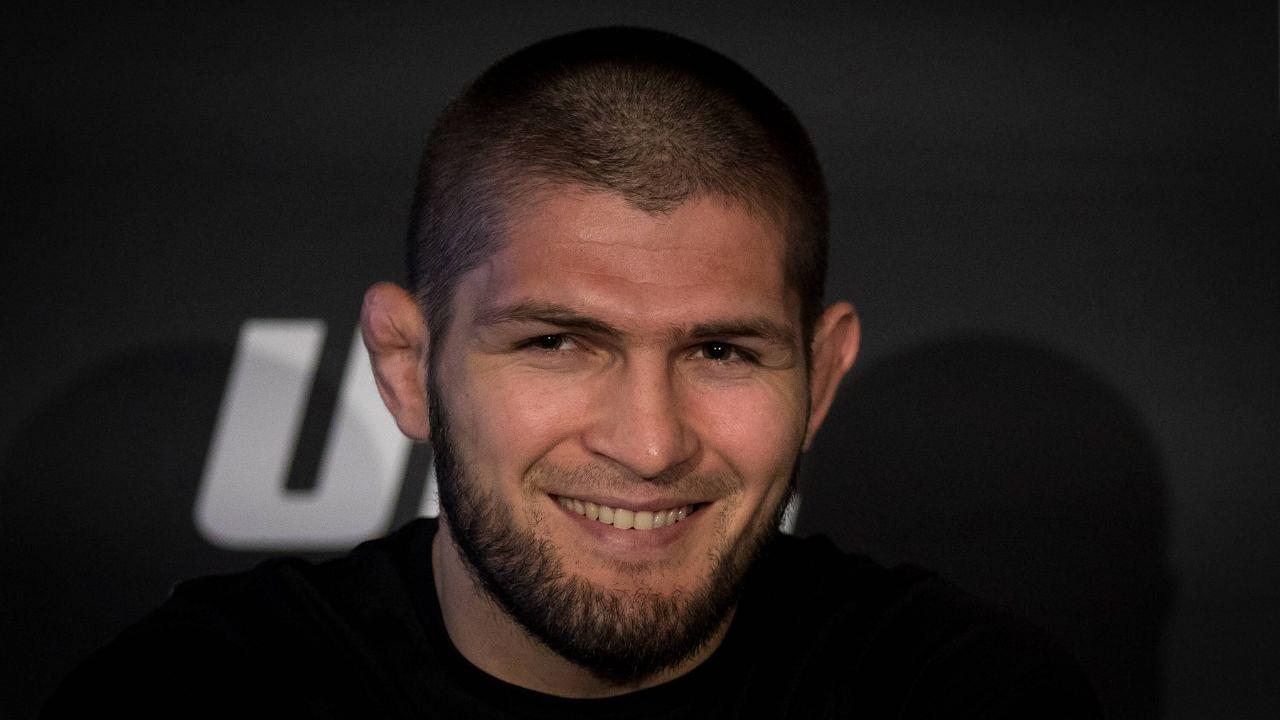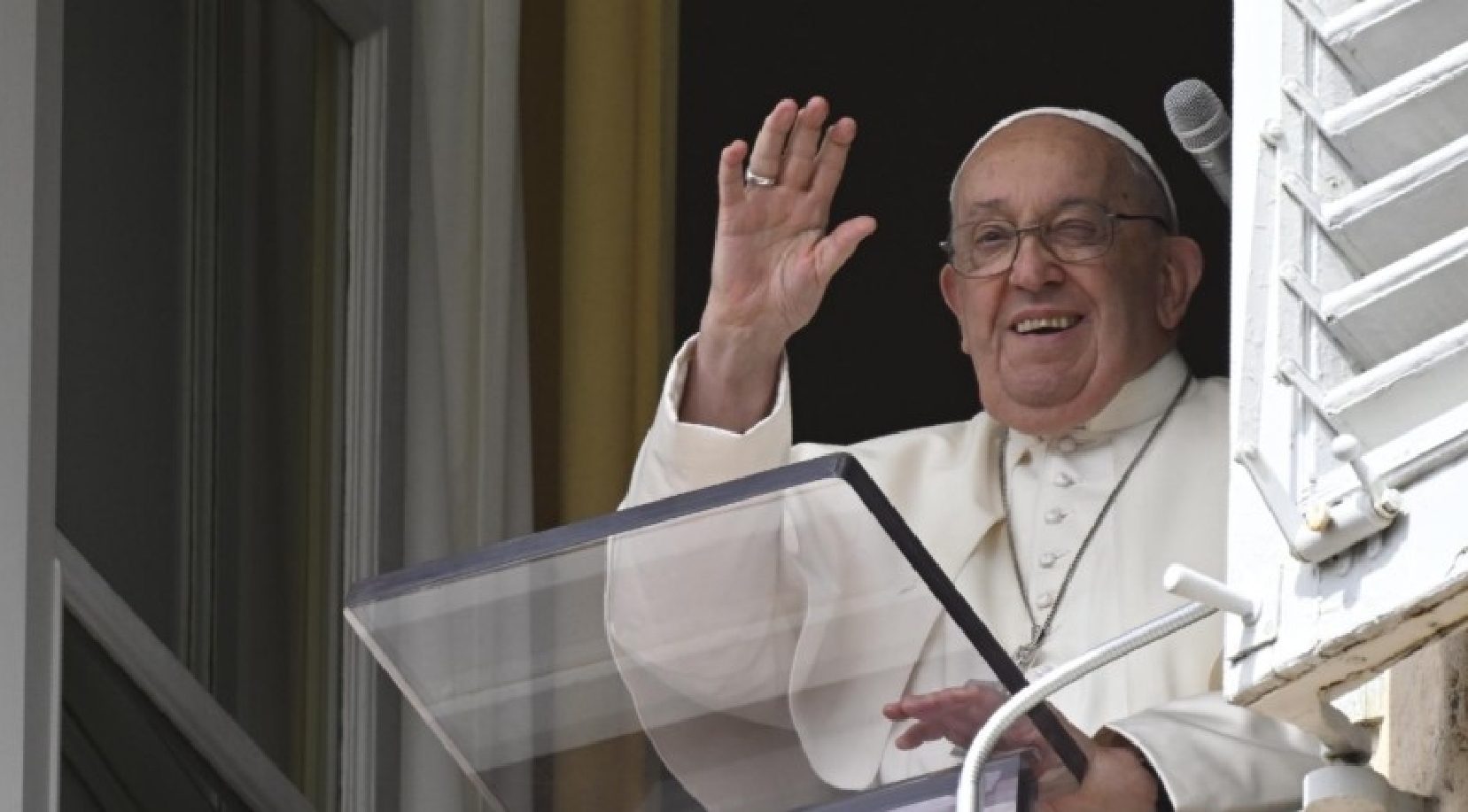Commander Cody pictured at his home in Stinson Beach in 1977. (Photo by Michael Goldberg) Jerry Garcia pictured at his home in Larkspur in 1970. (Photo by Michael Goldberg) Jesse Colin Young pictured at the Youngbloods' office in Point Reyes Station in 1971.
(Photo by Michael Goldberg) Jim Morrison of the Doors performs at the Fantasy Fair and Magic Mountain Music Festival on Mount Tamalpais in 1967. (Photo by Michael Goldberg) Music journalist Michael Goldberg is behind “Jukebox." (Photo by Roni Hoffman) Michael Bloomfield pictured at his home in Mill Valley in 1971.

(Photo by Michael Goldberg) John Cipollina performs at Winterland in San Francisco in 1973. (Photo by Michael Goldberg) Commander Cody pictured at his home in Stinson Beach in 1977. (Photo by Michael Goldberg) At the tender age of 13, music journalist Michael Goldberg was already documenting rock history.
In 1967, the Summer of Love, he rode a shuttle bus to the top of Mount Tamalpais, paid $2 for a ticket and joined thousands of rock fans at the Fantasy Fair and Magic Mountain Music Festival, a historic two-day extravaganza that claims the distinction of being the first rock festival ever. (The more famous Monterey Pop Festival took place a week later.) A huge fan of the Doors, the teenage Goldberg shot pictures of Jim Morrison, the band’s famously erratic lead singer, using a Kodak Brownie camera his parents gave him.
One of those photographs, taken from the side of the stage with the newly minted rock star — “Light My Fire” had just come out — singing to a sold-out crowd in the woodsy amphitheater on Mt. Tam, is the first image in his new coffee table book, “Jukebox,” a collection of full-page photos of rock musicians and bands, many of them never seen before, that he shot from 1967 through 2023. “I think it’s a pretty good photograph, all things considered,” says Goldberg of the Morrison photo.
“I got pretty close.” That photo would mark the beginning of his lifelong career as a rock journalist. Now 71, he’s a former senior writer and West Coast editor for Rolling Stone magazine and the co-founder, in 1994, of Addicted to Noise, reportedly the first online music magazine.
“Jukebox” (HoZak Books, $35) is an eclectic mix of mostly black-and-white photos — from little-known musicians to major rock stars. Goldberg covers many genres over numerous decades and eras. But it’s the photos he took when he was a student at Tamalpais High School, class of 1971, that give us a rare glimpse into the early days of rock in Marin County.
During that time, he interviewed and shot portraits of a young Jerry Garcia in the Larkspur home he shared with his future wife and mother of two of his children, Carolyn “Mountain Girl” Adams Garcia. He was befriended by the guitar great Michael Bloomfield, taking pictures of him at home in Mill Valley. He got Commander Cody (George Frayne), leader of the Lost Planet Airmen band, to pose on the porch of his cottage in Stinson Beach.
And he ventured out to West Marin to photograph and interview Jesse Colin Young and Lowell “Banana” Levinger of the Youngbloods in the band’s Point Reyes Station office. He even convinced Levinger to pose with a banana. Goldberg will discuss his book and show photos from it at 4 p.
m. Saturday at Book Passage at 51 Tamal Vista Blvd. in Corte Madera.
In San Francisco, 40 photos from “Jukebox” are on exhibit through Sept. 22 at the Haight Street Art Center at 215 Haight St. Over coffee at a café in San Rafael, Goldberg recently looked back on his teenage years as a precocious young student journalist who covered arts for the school newspaper and started his own short-lived music magazine he called Hard Road after an album by the British blues musician John Mayall.
Keeping it going was indeed a hard road. It folded after one issue. “We were very naive,” he says.
“We didn’t understand the complexities of distribution. School was starting again, and it was way more than we could actually do.” His first (and only) cover story for the magazine was an interview with Garcia in the summer of 1970, just after the release of the Grateful Dead’s “Workingman’s Dead” and months before “American Beauty,” breakout albums that would define the Dead’s 30-year career and provide much of the repertoire that surviving band members and tribute groups still perform nearly 55 years later.
As an example of how times have changed, that long-ago interview with Garcia wasn’t set up through publicists, agents or band management the way it’s done today. Visiting a high school friend who was the son of “Big Daddy” Tom Donahue, the father of freeform FM radio at KSAN in San Francisco, Goldberg and a classmate just happened to run into Garcia standing at the top of Donahue’s steep driveway in Mill Valley. “We were big fans of the Grateful Dead at that point,” he says.
“I went up to Garcia, introduced myself, told him we were starting a Bay Area music magazine and that we’d love for him to be the cover story of the first issue.” To the teens’ surprise and amazement, the amiable, then-28-year-old rocker not only agreed to the interview, he also gave them his home address and told them when to come to his house. “It was crazy, but he said yes,” says Goldberg, still sounding astonished all these years later that a musician of Garcia’s stature would be so accommodating to a couple of random teenagers.
When they arrived at Garcia’s door at the appointed time for the interview, lugging a reel-to-reel tape recorder the size of a suitcase and a 35 mm camera (an upgrade from the Brownie), they quickly learned that the guitarist had forgotten all about it. Although he was headed out the door for a gig that night at Keystone Berkeley, he honored his promise, sitting down for a half-hour chat in his living room and posing for Goldberg’s photos. “He was totally cool with it,” Goldberg says.
“It was just different back then. It was so much more low-key and casual.” That interview with Garcia is included in “Addicted to Noise: The Music Writings of Michael Goldberg,” published by HoZak Books in 2022.
That same openness and lack of pretense that he experienced with Garcia was even more pronounced with Michael Bloomfield, the prodigious guitarist who burst onto the national scene in the ’60s with the Paul Butterfield Blues Band, played on Bob Dylan’s classic “Highway 61 Revisited” album, including the single “Like a Rolling Stone,” and backed up Dylan during his controversial electric set at the Newport Folk Festival. A Rock and Roll Hall of Famer, Bloomfield was at the height of his career in 1971 when Goldberg and one of his buddies in the Tam High senior class found out where he lived in Mill Valley, went to his house unannounced and knocked on his door. They couldn’t believe their luck when the guitarist, Michael Bloomfield himself, answered it.
“We said, ‘We’re big fans and we’re hoping we could talk to you about playing on Bob Dylan’s album and other stuff,’” Goldberg says. “He let us in and we hung out. I don’t remember now what he told us about playing with Dylan, but he told us about it.
This wasn’t going into a magazine at that point. He was just a really cool, mellow guy.” Bloomfield was so taken with the young fans that he let them come back from time to time and agreed to play at a benefit concert at Tam High that Goldberg and his pals produced in the school gym.
The local band Clover, featuring a harmonica player named Huey Lewis, was the opening act. “We were trying to figure out good causes that the money from the concert could be donated to, but we were more interested in getting Bloomfield to play at a concert we put on at Tam High,” Goldberg says. “It was great.
It was amazing.” “Jukebox” includes photos of other musicians and bands from those early days of the Marin rock scene, including Janis Joplin and members of Big Brother and the Holding Company, Phil Lesh, Bob Weir, Mickey Hart and Ron “Pigpen” McKernan of the Grateful Dead, Quicksilver Messenger Service guitarist John Cipollina, West Marin folk icon Ramblin’ Jack Elliott, Van Morrison and members of the Marin bands Flying Circus and Stoneground. In the foreword of “Jukebox,” rock journalist Joel Selvin writes: “These photos come from a time when rock lived in its own world, mass media paid little attention to the comings and goings of the field, and if you wanted photographs, you had to be there to take them.
Goldberg was.” Goldberg, who now lives in El Cerrito with his wife, journalist Leslie Goldberg, is grateful that he came of age during the golden years of rock. But if he were giving advice to young music writers and photographers, he’d tell them that it takes more than just being in the right place at the right time.
“You also have to be prepared,” he says. “Someone else may not have walked up to Jerry Garcia and asked if he would do an interview. You have to take action, so when these opportunities come along, you’re ready.
” Contact Paul Liberatore at [email protected].



















